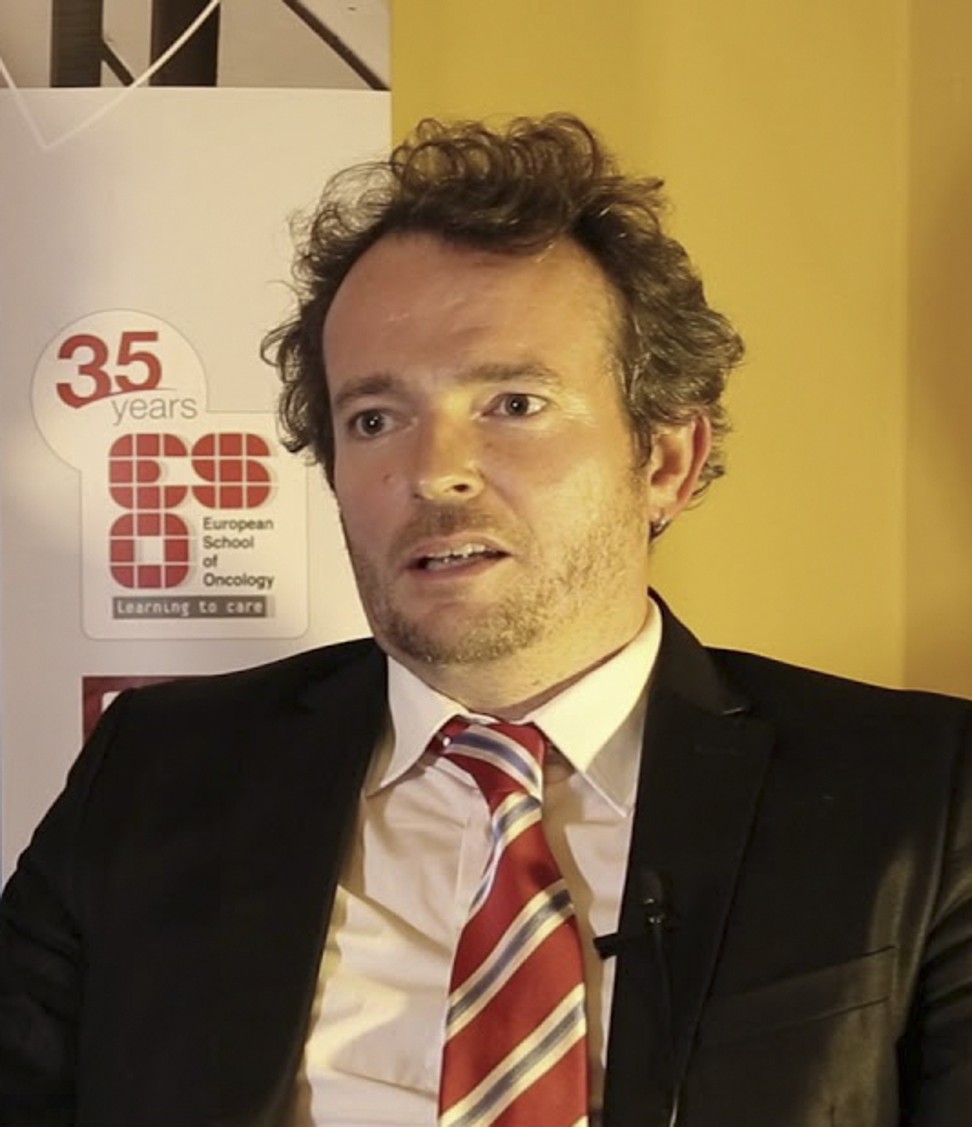
Global cancer toll to reach 10 million in 2018 despite better prevention and treatment
The rise in the number of cancer deaths is due to more people living sedentary lifestyles in developing countries, say experts, although better prevention and earlier diagnosis are cutting mortality in some cancers
Cancer will kill nearly 10 million people this year, experts said this week, and warned that the disease’s global burden continues to rise in spite of better prevention and earlier diagnosis.
An estimated 18.1 million new cancer cases, and 9.6 million deaths, were predicted worldwide for 2018 in a report by the International Agency for Research on Cancer (IARC). This is up from the estimated 14.1 million new cancer cases and 8.2 million deaths reported in the agency’s last assessment six years ago.
The toll is rising as populations expand and grow older, and people in developing nations adopt unhealthy, high-risk lifestyles traditionally associated with richer economies.

“These new figures highlight that much remains to be done to address the alarming rise in the cancer burden globally and that prevention has a key role to play,” says IARC director Christopher Wild.

One in five men and one in six women will develop cancer during their lifetime, the study said, and the World Health Organisation expects the disease to be the leading cause of death in the 21st century.
There are dozens of types of cancer, and the agency found large differences between countries due to a host of socioeconomic factors.
US start-up backed by Li Ka-shing matches cancer patients with treatments
Asia, unsurprisingly given its enormous population, accounted for nearly half of all new cases and more than half of cancer deaths worldwide in 2018.
Lung cancer remains the biggest killer overall, responsible for some 1.8 million deaths.
For women, breast cancer caused 15 per cent of cancer deaths, followed by lung cancer (13.8 per cent) and colorectal cancer (9.5 per cent).
The figures highlight a worrying rise in lung cancer rates for women – it is now the leading cause of female cancer deaths in 28 countries including Denmark, the Netherlands, China, and New Zealand.

The data showed that cancer types traditionally associated with rich country lifestyles – more overweight people who are less inclined to exercise – were increasingly common in developing nations.
“One of the things that happens with transitions towards high levels of socio-economic development is the environment changes,” says Freddie Bray, IARC’s head of cancer surveillance.
“There is more physical inactivity and that happens to be a particularly high risk factor for colon cancer, for example.”
Hong Kong records latest high of 30,318 new cancer cases
Bray says models using current cancer statistics and predicted trends forecast as many as 29 million new cases a year by 2040.
“The extent to which this is becoming a major public health problem and the diversity of cancers that we see in different regions is also a striking point,” says Bray.

Anti-cancer measures could take the form of stricter tobacco controls to limit lung cancer, or initiatives to encourage physical activity to reduce the risk of colon cancer.
But the study warned that global efforts to rein in one of mankind’s biggest killers still “lacked momentum”.
“Either from a social or an economic point of view the numbers are increasing,” says Bray. This means “there’s a need to invest in prevention and public health programmes, and develop health services’ capacity, particularly in low- to medium- income countries.”

.png?itok=arIb17P0)